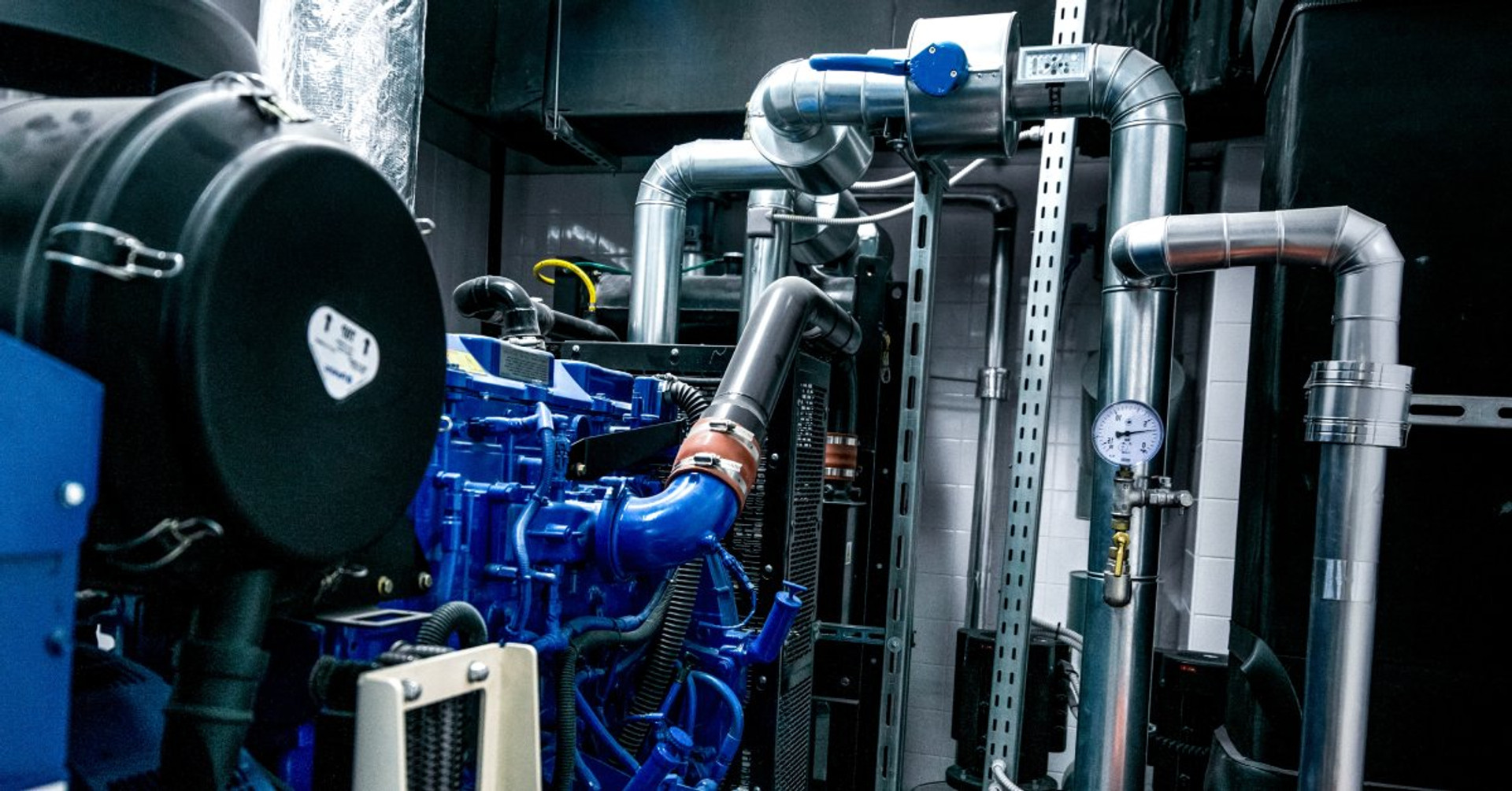A Look at the Process of Condensing Gases
Gas condensation enables the transformation of gases into their liquid forms. The principles of thermodynamics govern this process, and it involves the application of advanced technologies. Here, we will take a look at the process of condensing gases.
Basic Principles of Gas Condensation
The condensation of gases revolves around the thermodynamic principle of reducing the thermal energy in a gaseous substance. When a gas reaches its dew point, it transitions to its liquid state. This occurs as molecular motion slows, reducing the kinetic energy and allowing intermolecular forces to bring the molecules closer together. Pressure and temperature are critical factors in this process.
By increasing pressure, the molecules are forced into closer proximity, aiding the condensation mechanism. Operators rely on phase diagrams of gases to determine the optimal temperature and pressure conditions for condensation.
Methods and Technologies
Condensing gases different methods and technologies. During direct cooling, technicians expose the gas to a cooling medium. such as chilled water or liquid nitrogen. This method is effective for condensing gases with relatively high condensation temperatures.
Another approach is compression cooling, which involves increasing the pressure exerted on the gas, lowering the volume, and cooling the substance. These units have heat exchangers to optimize condensation efficiency.
Cryogenic condensation is ideal for volatile gases. After reaching extremely low temperatures, oxygen, nitrogen, and argon become liquids. This technology is integral in the production and storage of industrial calibration gas.
Applications in Industry and Laboratories
Gas condensation has uses across industrial and laboratory settings. For instance, petrochemical professionals use it to recover hydrocarbons from natural gas streams, enhancing energy efficiency and environmental compliance. In cryogenic industries, condensed gases are refrigerants or enter storage for further processing, including liquefaction and transportation.
Laboratory workers use gas condensation for experimental purposes, such as studying phase transitions or isolating specific components of gas mixtures. Advances in condensation technologies have made it possible to achieve high purity levels and produce high-performance calibration gas.
Safety Considerations
While the process of condensing gases is quite simple, handling them is more difficult. If you’re not careful, these gases can pose risks, which is why you must follow safety protocols. Operators must ensure all equipment is rated for the pressures and temperatures required during condensation. Material failure or improper sealing can lead to dangerous leaks or explosive conditions.
Additionally, ventilation is necessary to prevent the accumulation of vapors, especially for calibration gas in labs. Personnel must be trained in gas properties, the operation of the condensation apparatus, emergency response protocols, and equipment inspections. Wearing personal protective equipment (PPE), such as insulated gloves and eye protection, is essential when working with cryogenic temperatures.

